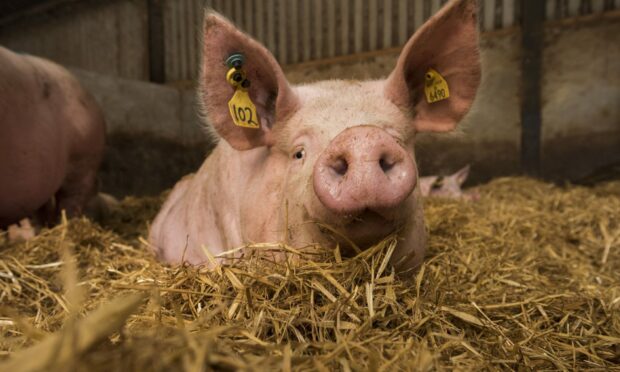Farmgate cattle and pig prices have reached a new record high as the lamb trade struggles to match levels of early 2021 and 2022 says Quality Meat Scotland (QMS).
Analysis from the levy board points towards further instability in the global red meat market in 2023 from both the supply and demand sides, with increased trade flows required to bring markets back towards home.
Iain Macdonald, QMS market intelligence manager, said that despite slightly reduced world output, global beef demand is forecast to remain resilient, with consumption almost unchanged.
He said for this to happen, mismatch between supply and demand at country-level means that global trade in beef will need to rise significantly.
It comes as the United States Department of Agriculture (USDA) has estimated a 0.3% reduction in world production to 59.2 million tonnes in 2023.
Australian beef production expected to surge
Beef production is expected to surge by 17% in Australia, as its beef sector continues to rebound from a drought-induced herd liquidation in 2018 and 2019, plus expectations of 2-3% output growth for major producers Brazil, Mexico and China, and a 1% increase in the UK.
Offsetting these gains is a forecast 6.5% fall in output in the USA, the world’s largest beef producer, where drought in key calf producing states was followed by elevated cow slaughter and then fewer young cattle being placed in feedlots.
Mr Macdonald, said that the combination of relatively tight global beef market and increased trade points to firm beef prices.
“Imports are set to reach 18% of global consumption in 2023, up from 17.7% in 2022 and well above the 16.1% level seen in the pre-pandemic year of 2019,” he said.
“China and Hong Kong will be the main drivers, with an expected 1.5% rise of import volumes as they reduce Covid restrictions domestically and re-open to overseas tourists and businesspeople.”
The USDA has projected global pork output to edge 0.3% higher to 114.1 millions tonnes. This would see the recovery from African Swine Fever (ASF) in China and South East Asia continue, taking production almost 20% above its 2020-low. However, consumption growth is set to outpace this, requiring a slight increase in global imports.
Mr Macdonald added that pork imports across all other countries are set to be 8% higher this year than in 2018, highlighting that significant opportunities will lie elsewhere.
Strong start to the processing season
Meanwhile, Beef + Lamb New Zealand have revised their expectations for New Zealand lamb production in the October 2022 to September 2023 season due to a poor lambing.
The lamb crop is estimated to have fallen by 2.6%, compared to a 1.4% contraction in breeding ewe numbers, extending the decline in lamb numbers over an eight-year period to 15%.
However, slaughter statistics point to a strong start to the processing season, with the kill up nearly 13% year-on-year through October and November.
Data also shows that in quarter four of 2022, New Zealand lamb export volumes fell by 2.6% compared to a year earlier.
Moving into 2023, New Zealand lamb continues to look price competitive, with farmgate prices around 20% lower than in early 2022.
Iain added: “It should be noted that Australia’s lamb shipments to the UK are restricted by a tariff-rate quota and, due to firm sales in 2022, any further increase in 2023 is likely to depend on the free trade agreement between the UK and Australia entering force and expanding tariff-free quota access.”

